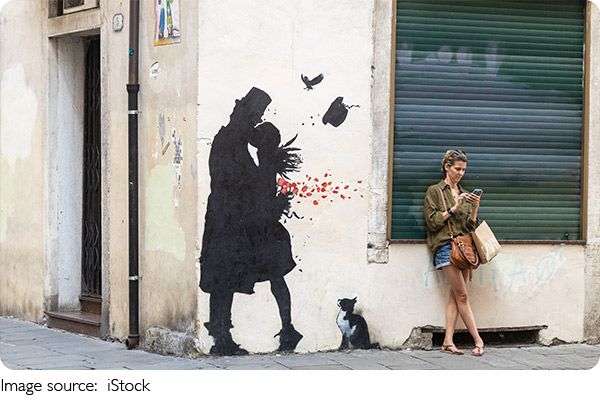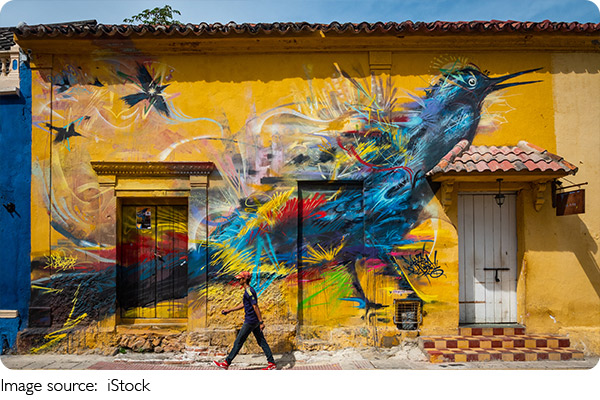Walls of Expression

Hey Lykkers! Let's talk about something that sparks real debate: Is street art vandalism or legitimate art?
You've probably seen those massive murals on alley walls or bold graffiti on trains and wondered—is this creative genius or just someone breaking the rules?
Let's break it down together like friends chatting over coffee, and get to the bottom of what makes street art so controversial and so powerful.
What Is Street Art, Anyway?
Street art includes anything from vibrant murals and stencils to stickers and even 3D installations placed in public spaces—usually without permission. Unlike art locked away in galleries, this kind of work is out in the open, raw, and often very bold. Some say it's rebellion. Others say it's revolution. So which is it?
The Vandalism Side: Breaking the Rules
Let's be real—street art often involves painting on property that doesn't belong to the artist. That's illegal in most places. Here's why some people see it as vandalism:
- No Permission: If you don't own the wall or have permission, it's technically defacement.
- Property Damage: Spray paint and markers can damage buildings, vehicles, and public surfaces.
- Cleanup Costs: Cities spend a ton of money removing unwanted graffiti.
- Not Everyone Likes It: What looks like creative expression to one person might be an eyesore to another.
From this angle, street art can look like someone imposing their message where it's not welcome.
The Art Side: Expression and Impact
Now let's flip it. Street art is often raw, emotional, and incredibly powerful. Some reasons people see it as legitimate art include:
- Public Access: It brings art to everyone—not just those who can afford museum tickets.
- Cultural Voice: Artists use walls to speak out on issues like inequality, racism, or freedom.
- Urban Beauty: Many murals actually beautify rundown or neglected areas.
- Recognition: A lot artists have global reputations and sell works for thousands—yet their art still lives on the streets.
In this sense, street art becomes the voice of the streets—uncensored and full of emotion.
So... Can It Be Both?
Honestly, yes. Street art exists in a gray area. It can be illegal and meaningful. It can challenge authority and create beauty. Just like music, fashion, or dance—it reflects the culture it comes from.
Ideas for Moving Forward
If you're into street art or curious about its future, here are a few useful ways to think about it:
- Legal Walls: Some cities offer legal street art zones—encouraging expression without breaking the law.
- Street Art Festivals: Some events bring artists and communities together through massive public art projects.
- Street Art Tours: Many cities now offer walking tours that explore street art as a form of cultural storytelling.
- DIY (Responsibly): Want to try it? Use removable materials like chalk, stickers, or create on canvases that can be placed in public temporarily.

Final Thoughts
Street art challenges us to rethink where art belongs and who gets to create it. Is it vandalism? Sometimes. Is it art? Absolutely. But most importantly, it's a reflection of real voices in real spaces.
So, what do you think, Lykkers? Spray can or paintbrush—would you give it a try?
Let me know if you want ideas on how to make your own street-style art at home!


